Imagine walking into your doctor’s office for a routine check-up, feeling perfectly fine. But then, your doctor looks at your lab report and raises an eyebrow. “Your cholesterol levels are high,” they say, their voice laced with concern. A chill runs down your spine. What does that even mean? You don’t feel any different. How could something so invisible be a threat? Welcome to the world of cholesterol—an essential yet potentially dangerous component of your blood that can either protect you or put you at risk of heart disease and stroke. Globally, 39% of adults have elevated total cholesterol levels, posing a significant health risk.
What Is Cholesterol?
Cholesterol is a fatty, wax-like substance found in every cell of your body. It plays a vital role in producing hormones, vitamin D, and substances that aid digestion. However, when its levels become imbalanced, cholesterol can turn from a friend to a foe.
Cholesterol doesn’t dissolve in blood. Instead, it travels through the bloodstream in tiny packages called lipoproteins, which come in different types, each impacting your health differently.
Breaking Down the Cholesterol Numbers
When you get a cholesterol test (also called a lipid panel), you’ll see several key numbers. Understanding what each means can help you take charge of your heart health.
1. LDL (Low-Density Lipoprotein) – The “Bad” Cholesterol
Often dubbed the “bad cholesterol,” LDL carries cholesterol to your arteries. High LDL levels can lead to plaque buildup in the arteries, restricting blood flow and increasing the risk of heart attacks and strokes.
-
Optimal Level: Less than 100 mg/dL
-
Borderline High: 130-159 mg/dL
-
High: 160 mg/dL and above
2. HDL (High-Density Lipoprotein) – The “Good” Cholesterol
HDL is the “good cholesterol” because it helps remove excess cholesterol from your arteries and transports it back to the liver, where it is processed and eliminated from the body. Higher HDL levels are beneficial and lower your risk of cardiovascular diseases.
-
Optimal Level: 60 mg/dL or higher
-
Low: Below 40 mg/dL (men) and below 50 mg/dL (women)
3. Total Cholesterol
Total cholesterol is the sum of your LDL, HDL, and 20% of your triglyceride levels. While it provides a general overview of your cholesterol status, individual LDL and HDL levels offer more precise insights.
-
Desirable: Less than 200 mg/dL
-
Borderline High: 200-239 mg/dL
-
High: 240 mg/dL and above
4. Triglycerides – The Fat Storage
Triglycerides are another type of fat found in your blood. When you eat, excess calories are converted into triglycerides and stored in fat cells for later use. High triglyceride levels can contribute to heart disease.
-
Normal: Less than 150 mg/dL
-
Borderline High: 150-199 mg/dL
-
High: 200 mg/dL and above
High Cholesterol Is Dangerous
High LDL cholesterol and triglycerides can lead to atherosclerosis, [NIH] a condition where plaque builds up in your arteries, making them narrow and rigid. This restricts blood flow, increasing the risk of:
-
Heart attack – When plaque completely blocks an artery supplying blood to the heart.
-
Stroke – When plaque or a blood clot obstructs blood flow to the brain.
-
Peripheral artery disease (PAD) – When narrowed arteries reduce blood flow to the limbs.
Ways To Maintain Healthy Cholesterol Levels
The good news? You have control over your cholesterol levels through lifestyle changes and, if needed, medication. Here’s how you can keep your numbers in check:
1. Eat a Heart-Healthy Diet
-
Increase fiber intake – Foods rich in soluble fiber, such as oats, flaxseeds, and beans, help lower LDL cholesterol.
-
Choose healthy fats – Replace saturated fats (found in red meat and dairy) with unsaturated fats from avocados, nuts, and olive oil.
-
Limit processed foods – Avoid trans fats found in fried foods and packaged snacks.
-
Incorporate omega-3s – Fatty fish like salmon and flaxseeds help boost HDL cholesterol.
2. Exercise Regularly
Physical activity helps raise HDL cholesterol and lower LDL and triglyceride levels. Aim for at least 150 minutes of moderate exercise per week, such as brisk walking, cycling, or swimming. [NIH]
3. Maintain a Healthy Weight
Excess weight, especially around the abdomen, can increase LDL and triglycerides while lowering HDL. Losing even 5-10% of your body weight can make a significant difference. [NIH]
4. Quit Smoking
Smoking lowers HDL cholesterol and damages blood vessels, making plaque buildup more likely. Quitting can rapidly improve your cholesterol levels and overall heart health.
5. Limit Alcohol Consumption
While moderate alcohol consumption (one drink per day for women, two for men) may slightly boost HDL, excessive drinking can increase triglycerides and overall cholesterol.
6. Consider Medication if Necessary
For some people, lifestyle changes alone may not be enough. Statins and other cholesterol-lowering medications can help manage levels when prescribed by a doctor.
Takeaway
Understanding your cholesterol numbers isn’t just about reading a lab report—it’s about making the necessary changes that can improve your health. High cholesterol has no symptoms, but its consequences can be life-threatening. By making heart-healthy choices and monitoring your levels, you can significantly reduce your risk of cardiovascular diseases and lead a healthier, longer life.
So, the next time your doctor hands you a cholesterol test report, don’t just glance at the numbers—understand them and take action. Your heart will thank you for it!
FAQ’S
1. What do cholesterol numbers mean?
Cholesterol numbers indicate the levels of LDL (‘bad’ cholesterol), HDL (‘good’ cholesterol), total cholesterol, and triglycerides in your blood. Understanding these helps assess heart disease risk and manage overall heart health.
2. What is a healthy cholesterol level?
A desirable total cholesterol level is below 200 mg/dL, with LDL under 100 mg/dL and HDL above 60 mg/dL. Triglycerides should be below 150 mg/dL for optimal heart health.
3. What is the difference between LDL and HDL cholesterol?
LDL (‘bad’ cholesterol) contributes to plaque buildup in arteries, increasing heart disease risk, while HDL (‘good’ cholesterol) helps remove excess cholesterol from the bloodstream, protecting heart health.
4. Why is high LDL cholesterol harmful?
High LDL cholesterol can lead to plaque buildup in arteries, causing blockages that increase the risk of heart attacks, strokes, and other cardiovascular diseases, making it crucial to maintain healthy levels.







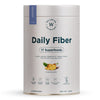













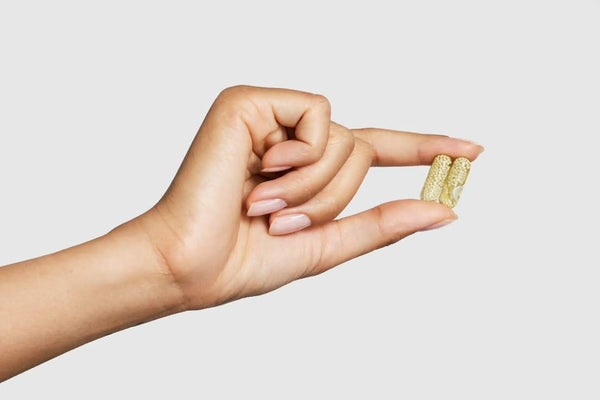
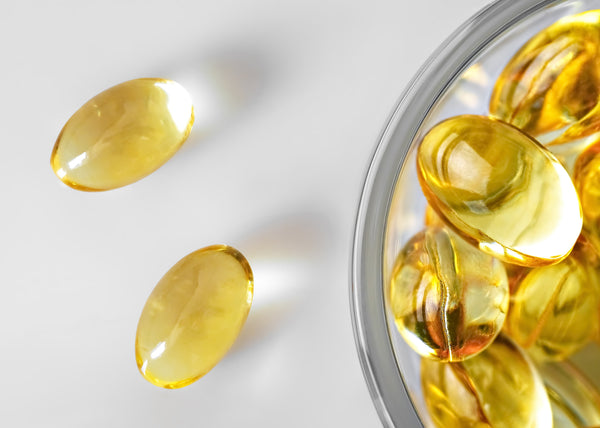
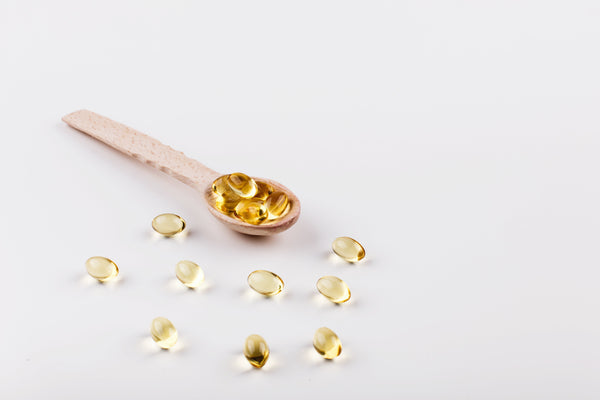
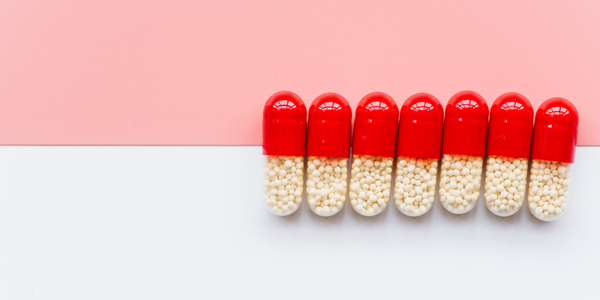







 DOWNLOAD NOW
DOWNLOAD NOW
